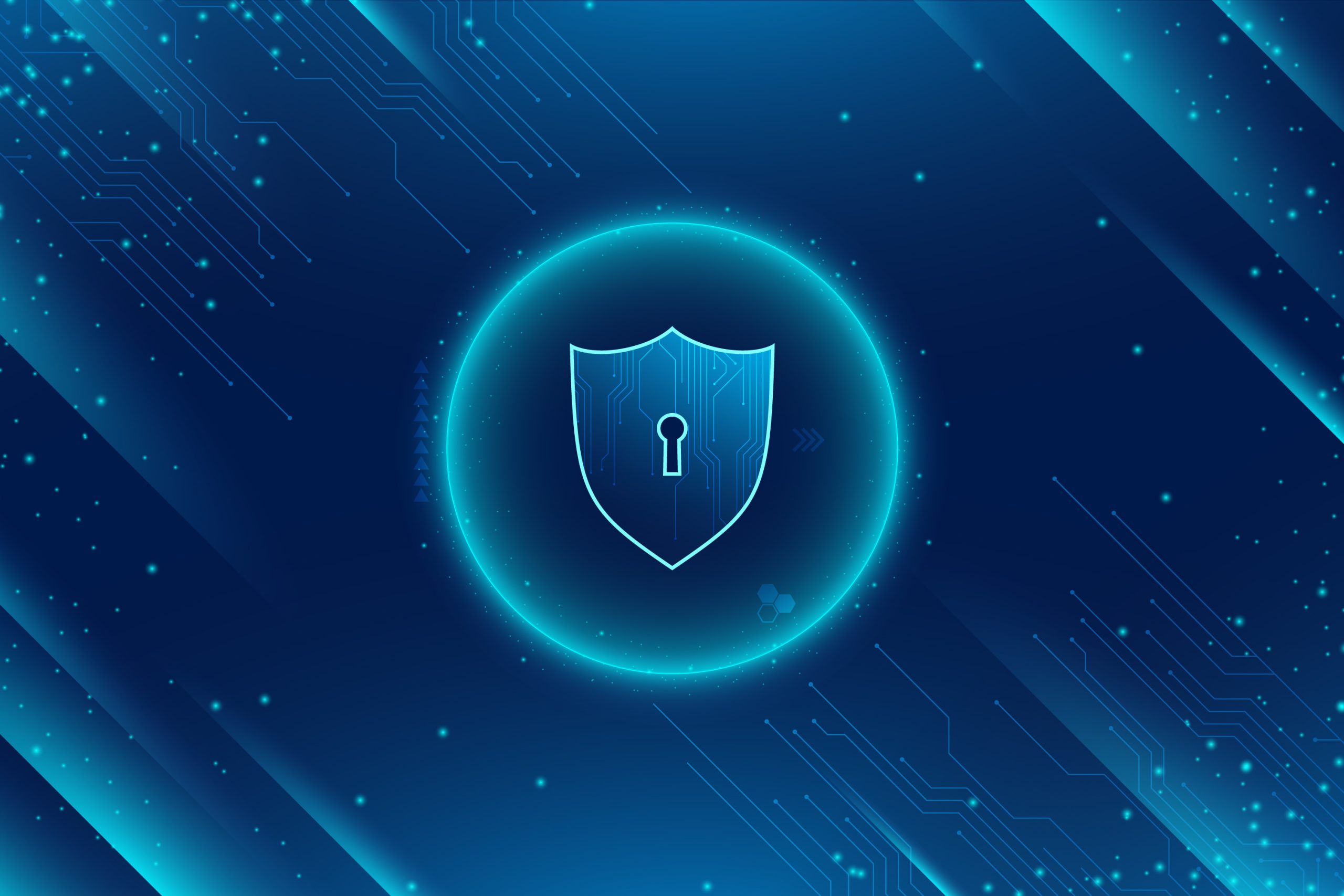In today’s rapidly evolving educational landscape, eLearning has emerged as a crucial tool for both learners and educators globally. As we integrate technology into education, we must ensure that the platforms and software powering eLearning are resilient, secure, and trustworthy. This focus on cybersecurity within eLearning software development is not just about protecting sensitive data but also about cultivating a safe learning environment for all users. Implementing robust cybersecurity measures is vital.
The contemporary eLearning framework demands a proactive security approach from the ground up. Developers must incorporate security protocols at every stage of software development, from initial design to deployment and maintenance. By emphasizing application security, we can prevent vulnerabilities that hackers might exploit. A secure/application is not only reliable but also builds confidence among learners and educators, thereby enhancing the platform’s overall adoption and success.
Let’s delve deeper into the significance of strengthening cybersecurity and how it impacts the developmental framework of eLearning platforms. Cyber threats have become more sophisticated over the years, targeting not just financial entities but educational institutions as well. Therefore, integrating advanced cybersecurity measures into software development for eLearning platforms acts as a preliminary shield against these potential threats. This ensures that the data – crucial course material, user information, and progress statistics – is shielded from unauthorized access and data breaches.
Implementing encryption technologies is among the most pertinent considerations in cyber defense. Through encryption, developers can safeguard personal data and ensure its confidentiality and integrity across networks. Encryption protects information in transit and at rest, thereby fostering an environment where users feel safe sharing their academic and personal details. Encryption also ensures that in the event of a data breach, the information is rendered meaningless to unauthorized entities, adding an additional layer of security to eLearning platforms.
An oft-overlooked yet effective practice is incorporating regular security audits and updates into the software lifecycle. Conducting periodic assessments of the security framework helps identify and rectify vulnerabilities before they are exploited. This proactive maintenance regime ensures that eLearning platforms remain secure against emerging threats. Furthermore, regularly updating software with security patches ensures resilience against previously known exploits, preventing attackers from leveraging software loopholes.
Equally crucial is fostering a culture of cybersecurity awareness within educational institutions using eLearning platforms. Providing training modules that highlight cybersecurity best practices to both educators and students can significantly reduce the potential for human error that often leads to breaches. By understanding common attack vectors and learning how to spot suspicious activities, users can act as an additional line of defense, complementing the technological measures in place.
In conclusion, the challenge of safeguarding eLearning environments is an ongoing journey that requires diligence and continuous improvements. By thoroughly embedding cybersecurity measures into software development processes, stakeholders not only mitigate risks but also lay the foundation for a learning environment that prioritizes safety and trust. A secure eLearning platform is key to unlocking its full potential, ensuring an enriching educational experience for all who partake.
